Subscribe to our ▶️ YouTube channel 🔴 for the latest videos, updates, and tips.
Lines and Angles
Lines:
Two lines or two line segments which cross each other and meet at a point are called intersecting lines or intersecting line segments.
The common point on the lines or line segments at which they meet is called the point of intersection. For example, \(\overline{AB}\) and \(\overline{CD}\) meet at point P. Here, P is a point of intersection.
A Remember, two straight lines or line segments can meet at one point only and so, they can have only one point of intersection.
The lines which never meet at any point are called parallel lines. Such lines are always at an equal distance from each H other. || is the symbol for parallel lines. The distance between two parallel lines will always be the same
When two lines or line segments meet each other at right angle, they are perpendicular to each other. ⊥ is the symbol for perpendicular lines.
\(\overline{MN}\) and \(\overline{KL}\) are perpendicular to each other.
Angles:
Two rays starting from a common point form an angle. Rays are called the arms of the angle. The common point is known as the vertex of the angle
In the figure, \(\overrightarrow{OP}\) and \(\overrightarrow{OQ}\) are the two rays with a common end point O. OP and OQ are the two arms of the angle and O is the vertex.
We read this angle as ∠POQ or ∠QOP We also read it as ∠O.
An angle is measured in degrees with the help of a protractor which is usually semi-circular in shape.
Types of Angles:
We have already learnt about different types of angles such as acute angle, right angle, etc.
(i) Acute angle: An angle which is less than 90° is called an acute angle. In the figure, ∠ABC is an acute angle. ∠ABC = 30°
(ii) Obtuse angle: An angle which is greater than 90° but less than 180 deg is called an obtuse angle. In the figure, ABC is an obtuse angle. ∠ABC = 120°
(iii) Right angle: An angle which is 90°, is called a right angle. In the figure, ∠ABC is a right angle. ∠ABC = 90°.
(iv) Straight angle: An angle which measures 180°, is called a straight angle. In the figure, ABC is a straight ∠ABC 180°.
(v) Reflex angle: An angle which is greater than 180° but less than 360° is called a reflex angle.
(vi) Whole angle: An angle which is 360° is called a whole angle.
(vii) Interior and exterior of an angle: Whenever two rays or two line segments meet at a common point, they form two angles
(a) Interior of the angle i.e., ∠1
(b) Exterior of the angle i.e., ∠2
Adjacent, supplementary and complementary angles:
(viii) Adjacent angles:
Adjacent angles Angles that are side by side with a common arm and vertex are called adjacent angles. Here, ∠ABC and ∠CBD are adjacent angles.
(ix) Supplementary angles: Two angles, whose sum is 180° are called supplementary.
∠ABC + ∠MNO = 60° + 120° = 180°
So, ∠ABC and ∠MNO are supplementary angles. Each one is called supplement to the other.
If the sum of two adjacent angles is 180°, they are supplementary angles too.
∠ABC + ∠ABD = 45° + 135° = 180°
So, ∠ABC and ∠ABD, which are adjacent angles, are supplementary angles too.
∠ABC + ∠CBD = 75° + 105° = 180°
So, ∠ABC and ∠CBD, which are adjacent angles, are supplementary angles too.
(x) Complementary angles: The angles whose sum is 90° are called complementary angles. In such a case, each angle is the complement of the other angle.
∠ABC + ∠DEF = 60° + 30° = 90°
So, ∠ABC and DEF are complementary angles.
Two adjacent angles whose sum is 90 deg are complementary angles too.
∠ABD + ∠DBC = 55° + 35° = 90°
So, ∠ABD and ∠DBC are complementary angles too.
Worksheet on Lines and Angles
I. Fill in the blanks.
(i) A ray has __________ end point.
(ii) A line has __________ end points.
(iii) The two rays with a common point form an __________.
(iv) A line segment has __________ end points.
(v) An angle smaller than a right angle is an __________ angle.
(vi) An angle has __________ vertex and __________ arms.
(vii) A line segment has a __________ length.
(viii) At 6.00, the minute hand and the hour hand of a clock form a __________ angle.
(ix) An angle, greater than 180° but less than 360° is called a __________ angle.
(x) An angle equal to 360° is called a __________ angle.
(xi) The sum of two complementary angles are __________°.
(xii) The angles with a common vertex and a common arm are called __________ angles.
(xiii) The sum of two supplementary angles is always __________°.
Answer:
I. (i) one
(ii) no
(iii) angle
(iv) two
(v) acute
(vi) one; two
(vii) definite
(viii) straight
(ix) reflex
(x) whole
(xi) 180
(xii) adjacent
(xiii) 360
5th Grade Math Problems
From Lines and Angles to HOME PAGE
Didn't find what you were looking for? Or want to know more information about Math Only Math. Use this Google Search to find what you need.
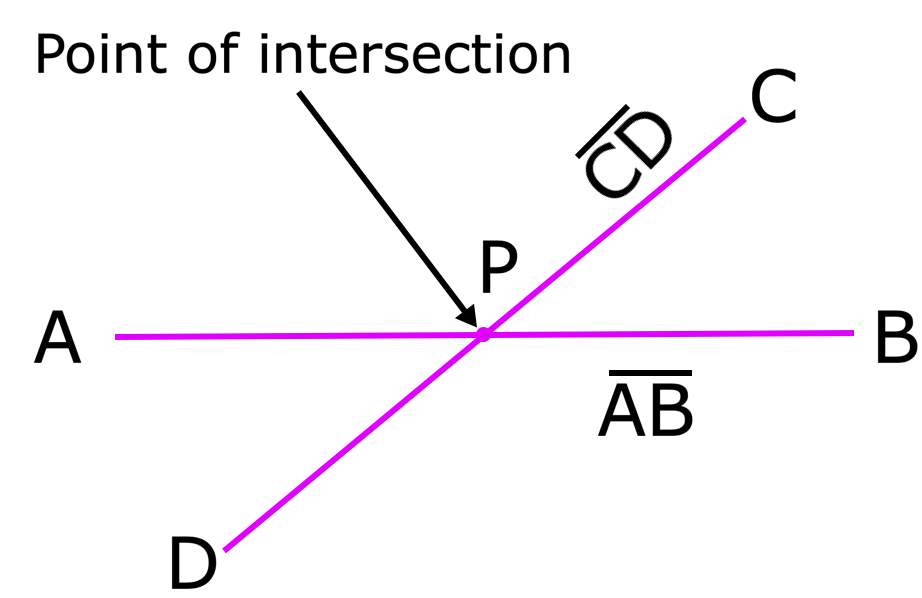
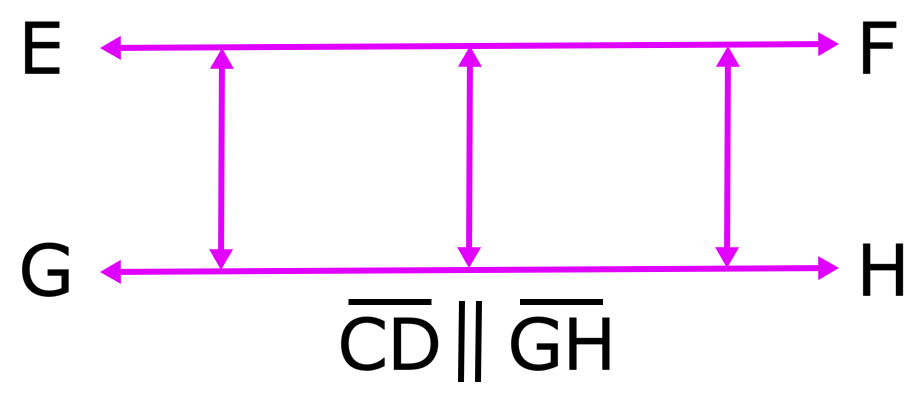
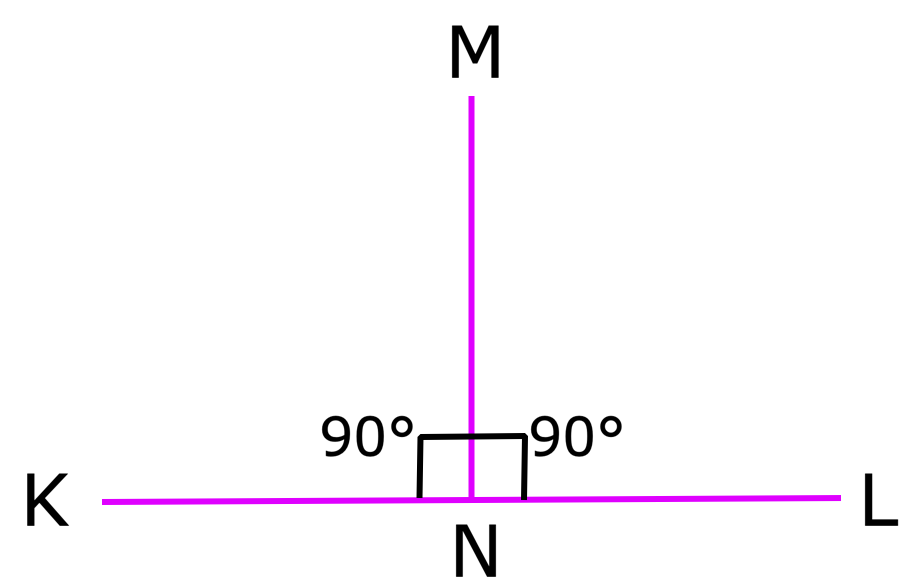
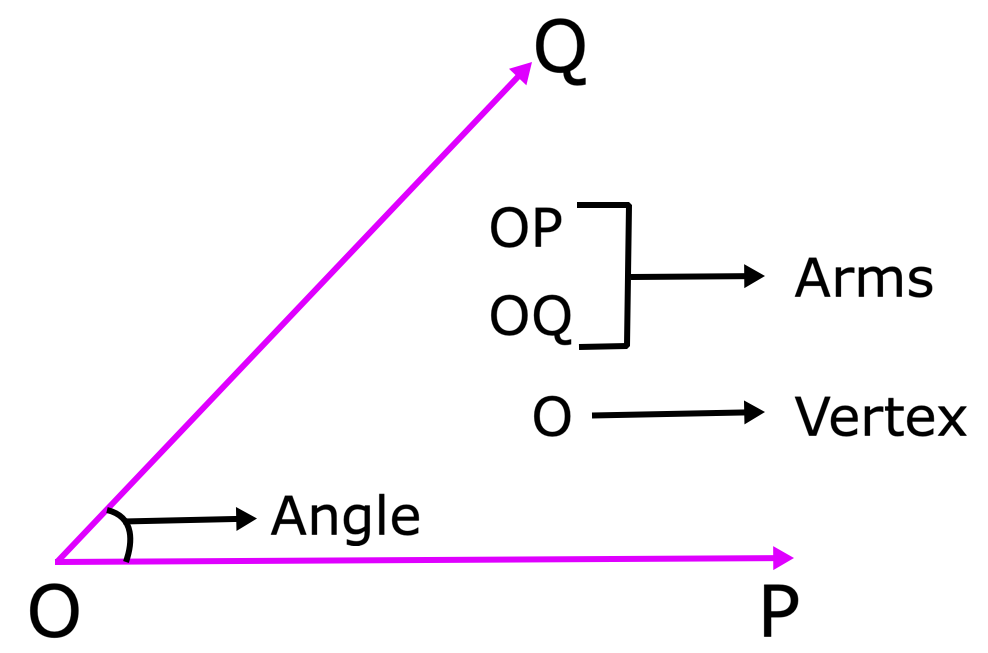
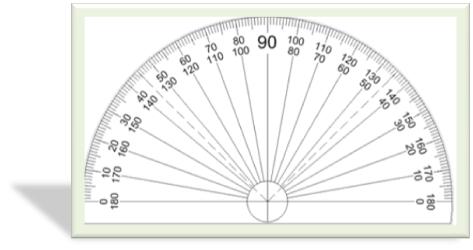
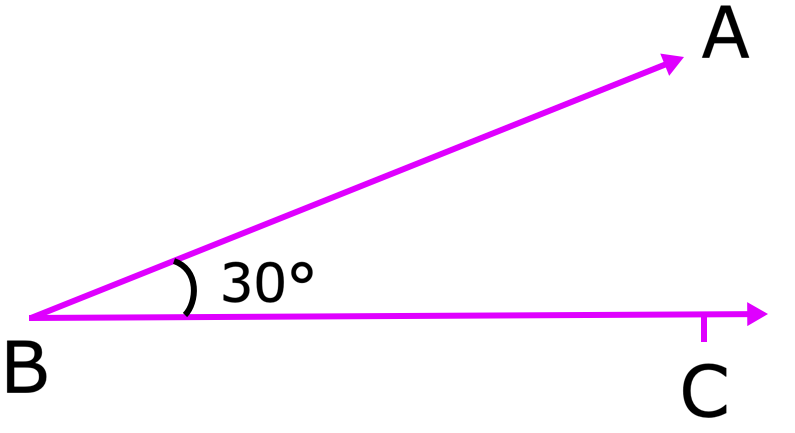
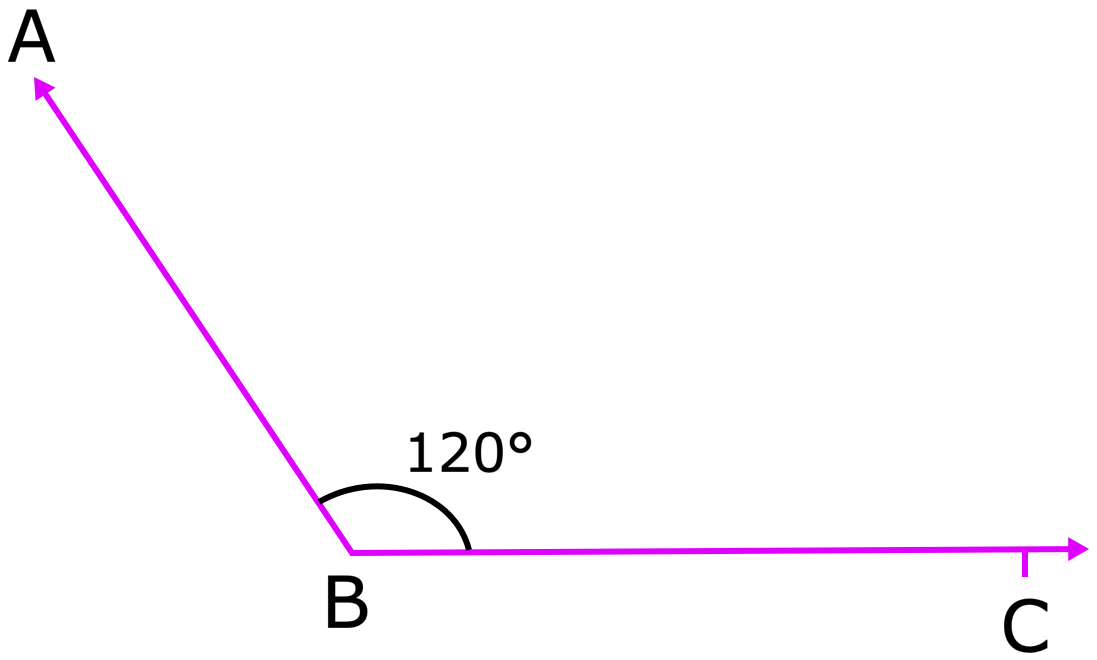
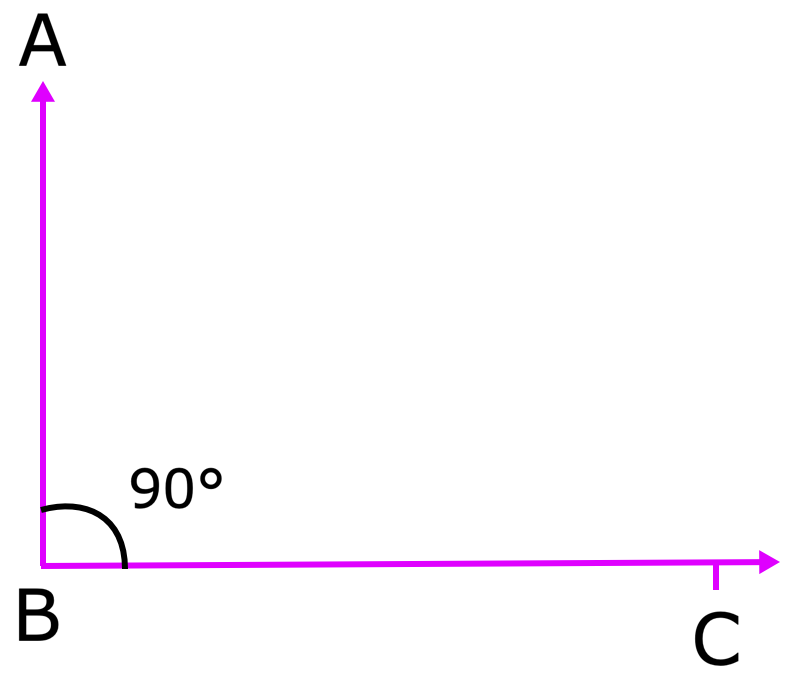
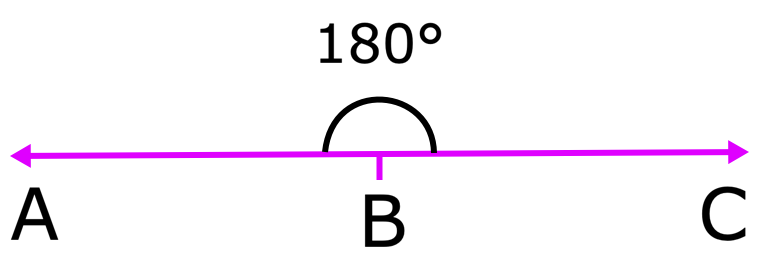


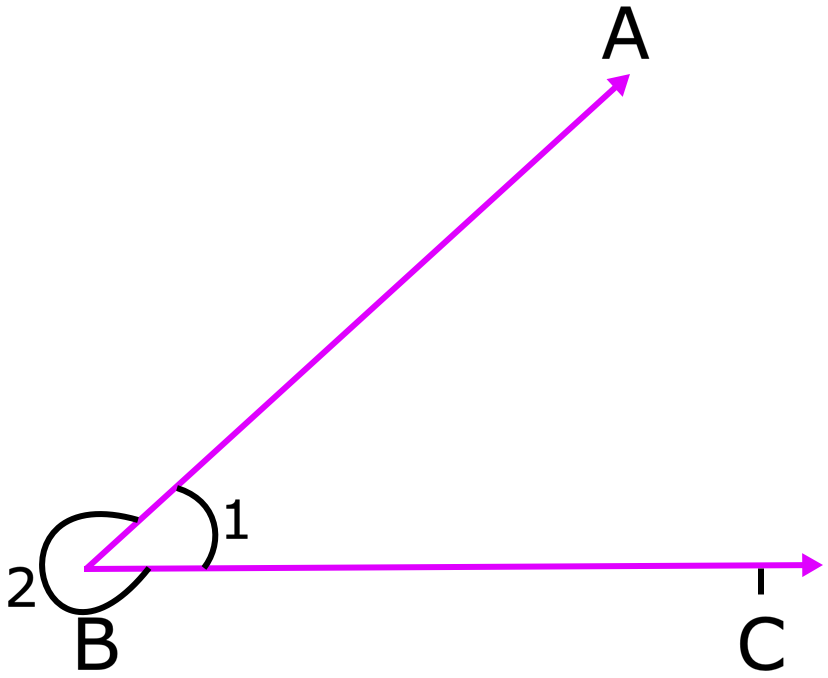
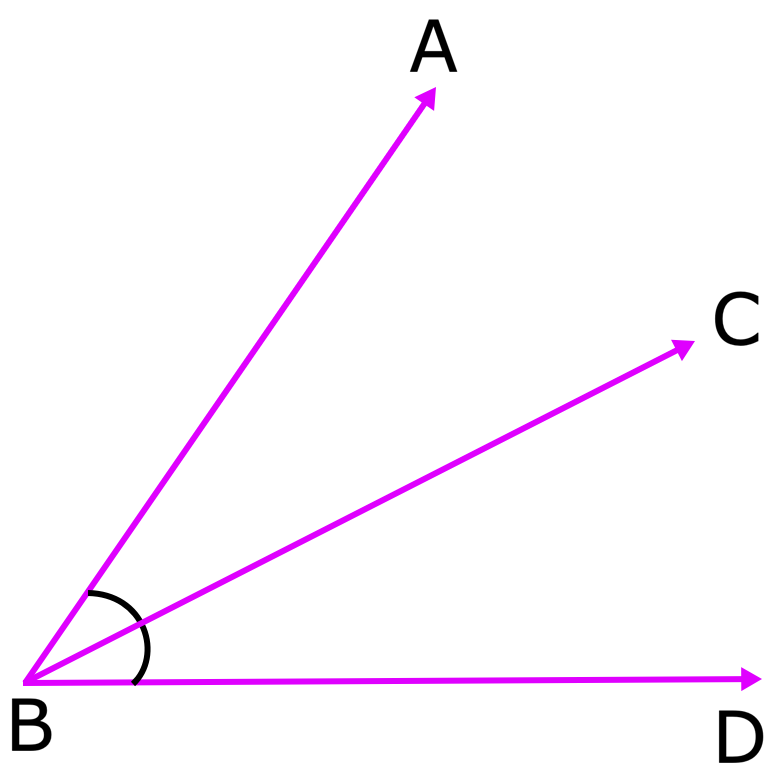

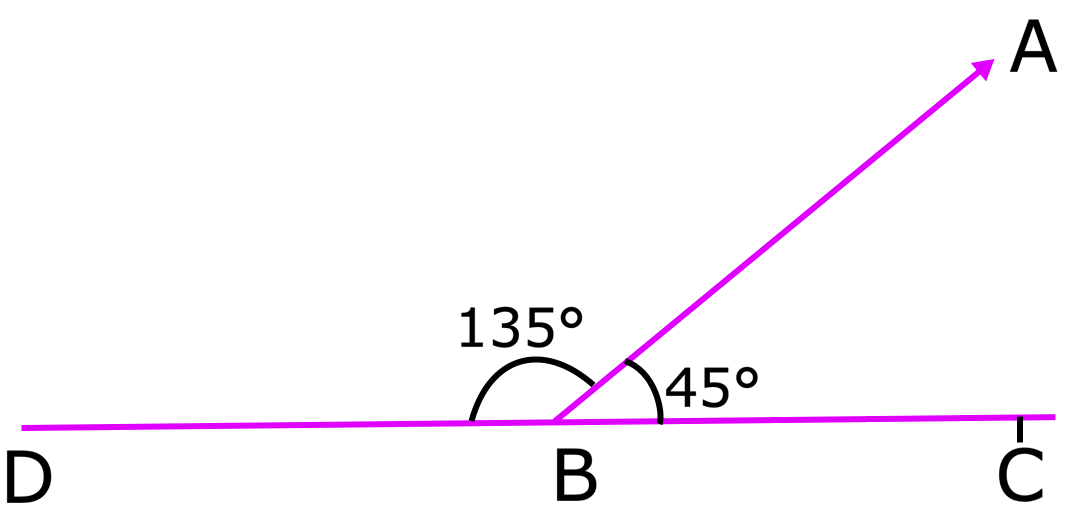
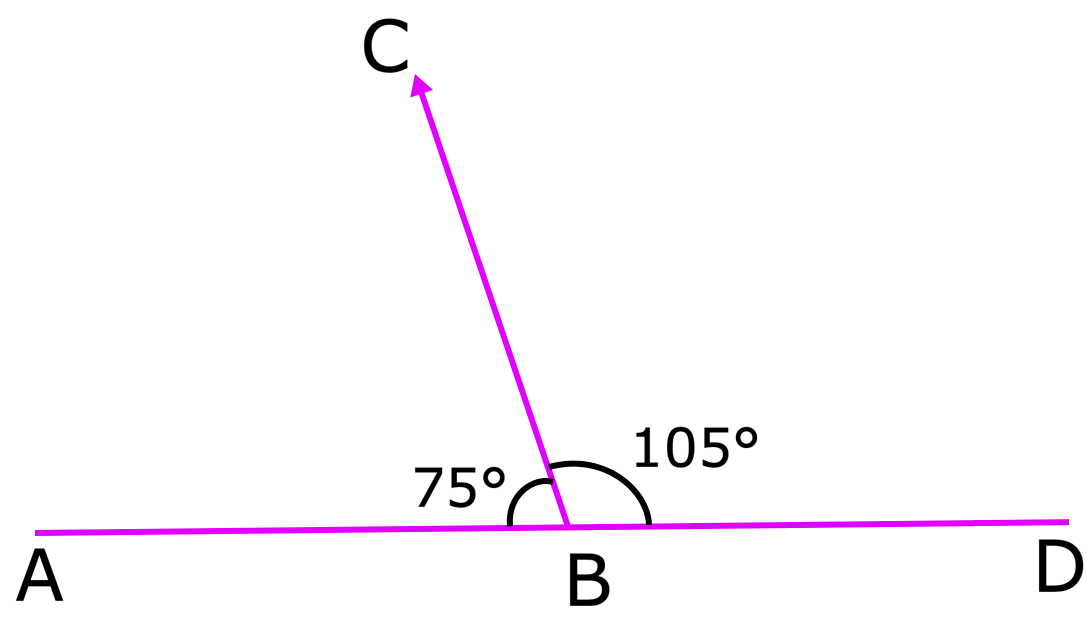
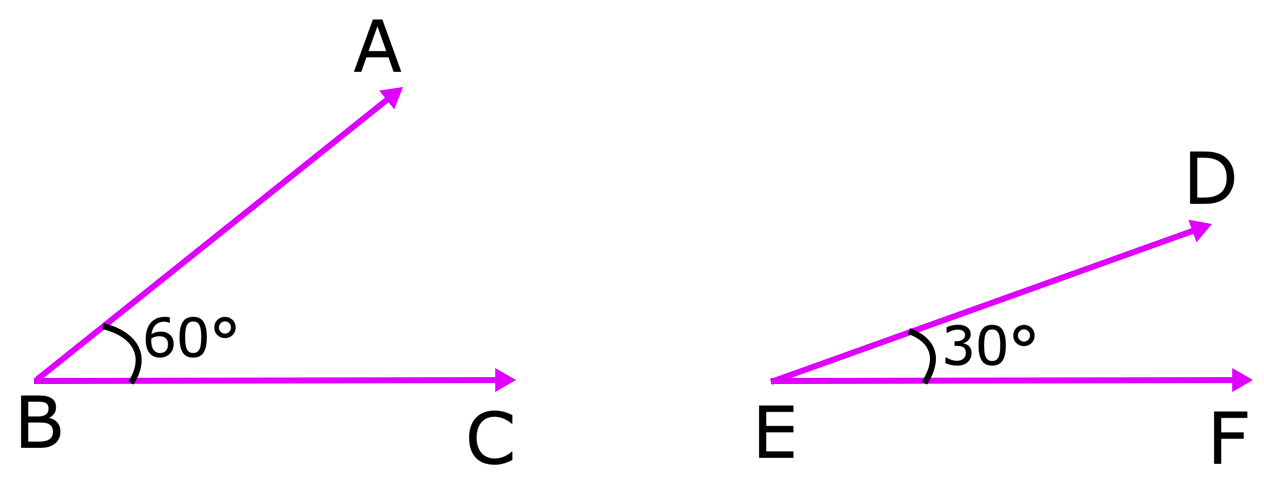
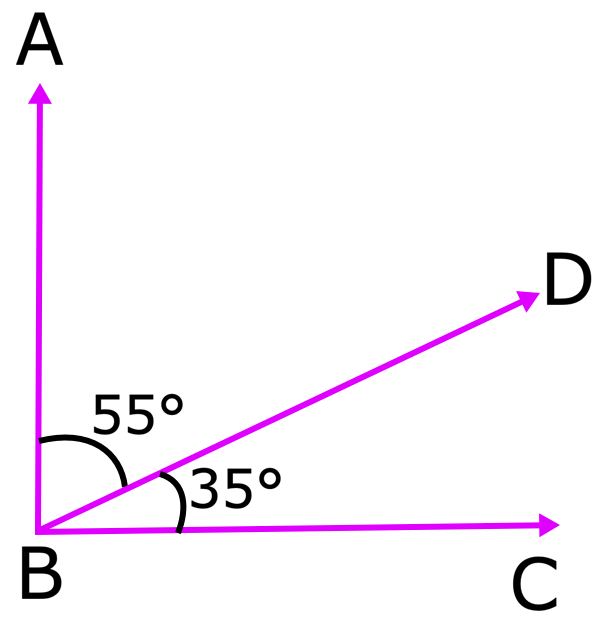


New! Comments
Have your say about what you just read! Leave me a comment in the box below. Ask a Question or Answer a Question.